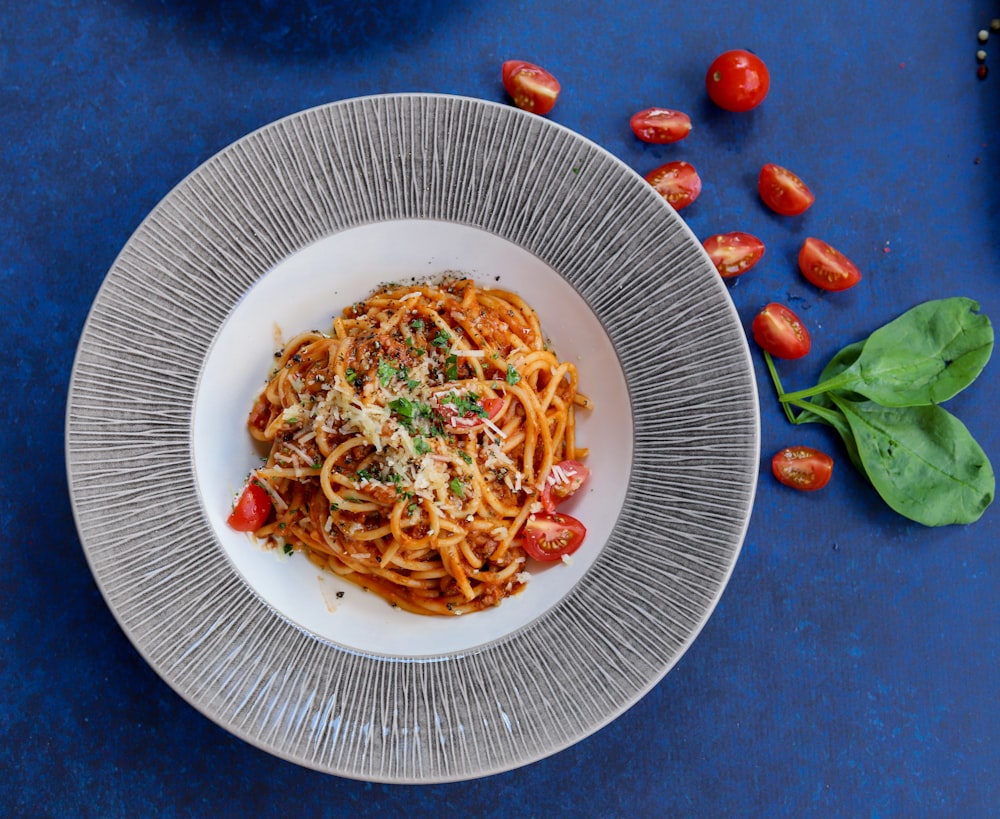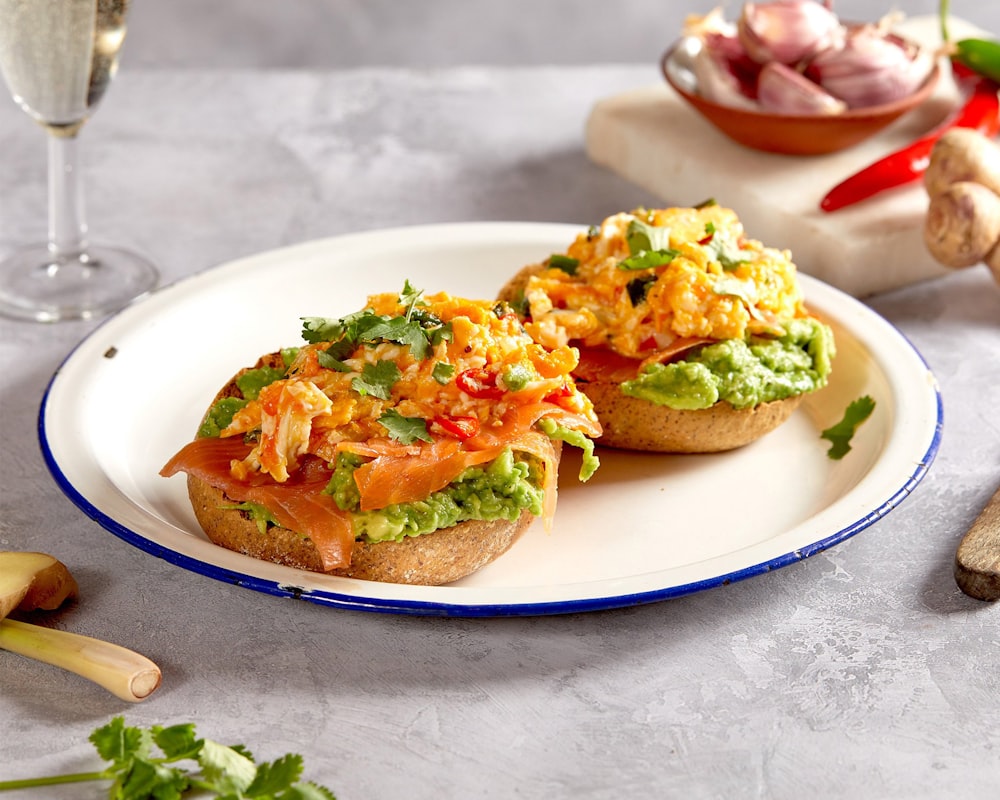
Carb cycling, a diet made popular by bodybuilders and pro-athletes, is a diet that entails cycling between low-carb and high-carb days. There are some potential benefits of carb cycling, but before we discuss the benefits, let’s review what a carb cycling diet looks like.
When you’re carb cycling, on certain days, you’ll eat plenty of good carbs – most likely when you need your body to perform at optimal performance. On ‘off’ days, rest days, or simply when you’d like to give your body a break from carbs, you’ll have low-carb or no-carb days.
Although this diet is most popular among trained athletes and bodybuilders, it’s also becoming popular for regular people who want to work on their physique or lose weight.
There are some benefits of carb cycling. For example, research indicates that giving your body a break from carbs and consuming more healthy fats and proteins instead, makes you feel fuller for longer. This helps you control your appetite, and limits the onset of hypoglycemia, which is a drop in the body’s blood sugar.
Carb cycling can also potentially help your body get more efficient at burning fat, since when there’s no access to carbs for fuel, your body will burn fat for energy.
Carb cycling therefore can help with weight loss, fat loss, and appetite control while also improving your body’s insulin sensitivity.

Benefits of Carb Cycling: An Overview
Carb cycling requires serious planning and commitment. On low-carb days, a lot of meal prep and organization is required, since it’s very easy to over-consume carbs without realizing it. After all, there are carbs in juice, sauces, and vegetables.
We won’t list every single one of the benefits of carb cycling, but rather we’ll provide an overview on some of the top benefits of this diet:
Carb Cycling Gives Your Body a Reprieve
When you eat high-carb foods, your blood sugar typically rises. As a result, your pancreas makes more of a hormone called insulin because this helps take glucose or sugar from carbs into your cells. When that happens, your cells can do the following:
- Convert sugar into energy
- Store it for later use
- Turn it into fat
When your cells take in sugar, they release glucagon or stored glucose. This process ensures your body has the right amount of sugar. However, if you take in excessive amounts of carbs, it can result in too much insulin. This precipitates weight gain; and worse, it could lead to heart disease and type 2 diabetes.
If you follow a carb cycling diet, you could give your body a reprieve. This means it takes a short break to cycle carbs so your body burns fats instead of glucose. Should you wish to follow this diet, you must remember that you need to engage in exercise on high-carb days to prevent weight gain. On top of that, you must be conscious of what you eat to maximize the results. Eating a healthy diet can also keep your blood pressure, cholesterol levels, and blood sugar count stable.
Helps You Curb Cravings and Burn Fat for Fuel
One of the primary benefits of carb cycling is that it allows your body to burn fat for energy, and not just glucose. When fat is deployed as your body’s primary source of energy on low-carb days, it also directly affects the functions of hormones such as leptin and ghrelin. These two play a key component in your diet since leptin directs fullness and ghrelin indicates hunger. Since carb cycling regulates these two hormones, you could curb your cravings and maintain a healthy appetite.
Potential Weight Loss
Carb cycling can supposedly help you lose weight and achieve your fitness goals because your body becomes an efficient fat-burning machine. On low-carb days, research indicates that consuming more fats and proteins makes you feel full longer. It also limits the onset of hypoglycemia, which is a drop in the body’s blood sugar. When this happens you feel hungry and crave more food. Thus, cutting carbs can help reduce hunger pangs and calorie intake.
If carb cycling effectively teaches your body how to burn fat for fuel, you could lose more fat and therefore lose weight.
Enhanced Insulin Sensitivity
Cycling carbs allow your body to manipulate your insulin response. In fact, scientific literature attests that this diet could work well for those who have type 2 diabetes because it inhibits that body’s insulin resistance capability. Insulin resistance means your cells don’t respond to insulin and don’t take up glucose from the blood, leading to high blood sugar and forcing the pancreas to create more insulin which can lead to diabetes.
With intermittent carb intake, the body notes a rise in glycogen level and metabolic rate. When you follow high-carb days with low or no-carb days, your insulin levels drop since you’re eating more fats and proteins to supplement the lost carbs. Doing so enhances your insulin sensitivity and decreases resistance, making your system more efficient.
Promotes Higher Performance
Following your high-carb days, you could expect a higher performance for your sports and workouts, because you’ve got sufficient energy. Since there’s no carb cut, you will have the power to push through your training. Eating good carbs means there’s a surge in glycogen in your body, and this assists in boosting performance and helps you gain more lean muscle mass.

Low-Carb and High-Carb Foods
If you’re going to give carb cycling a try, it helps to try to memorize which foods are low-carb and which foods are high-carb. Below is a list of some examples of low-carb and high-carb foods:
Low-Carb Foods:
- Fish
- Eggs
- Avocado
- Spinach
- Chicken
- Beef
- Nuts and Seeds
- Blueberries
- Asparagus
- Cauliflower
- Brussels Sprouts
- Tofu
High-Carb Foods:
- Bread
- Pasta
- Rice
- French Fries
- Oatmeal
- Cereal
- Donuts, Muffins and Cookies
- Potatoes
- Corn
- Pineapple
- Bananas
Is Carb Cycling Right For You?
There may be some potential benefits of carb cycling, but it’s not necessarily an easy diet to follow, and it won’t suit everyone. Following this diet means consuming higher or fewer carbohydrates in varying schedules. On the days you cut carbs, you may feel tired, constipated, moody, or bloated. Some call this the “carb flu” as your body adjusts from burning glucose for energy to burning fat for energy. Drinking more water and consuming beverages with electrolytes could help alleviate issues.
You should avoid this diet if you’re underweight, pregnant, breastfeeding, have adrenal issues, or are currently dealing with an eating disorder.
Since carb cycling is a complicated diet, it’s one of those diets you shouldn’t try without doing a lot of research first. With a complicated diet like this one, you’ll want to speak to an expert such as a nutritionist, as well as get the opinion of your primary care physician.
What’s the Best Diet For You Based on Your Genetics?
Your DNA can tell you a lot about the most suitable diet plan for you. For example, based on your genetics, a high or low carb diet may be more suitable for you. This is because you may be genetically more sensitive to carbohydrates.
To find out your genetic sensitivity to carbs and the optimal diet for you based on your DNA, take a CircleDNA test. Of the hundreds of reports you get from CircleDNA, many are diet and nutrition reports based on your unique DNA.





